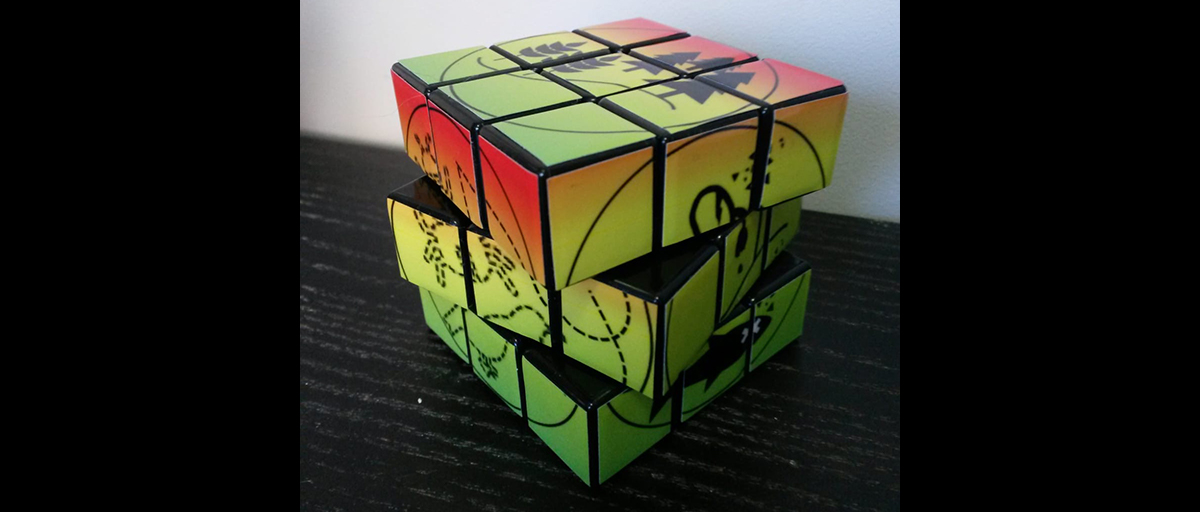Bildtext får vara max två rader text. Hela texten ska högerjusteras om den bara ska innehålla fotobyline! Photo: B. Christensen/Azote
Science-business
Planetary boundaries are global priorities for business action

Thinking about a Rubik’s cube can help demonstrate the interconnected planetary challenges that humanity faces. Photo: Celinda Palm
- Science-business dialogues about planetary boundaries underpin more resilient action
- Today’s targets are ambitious but could undermine each other if tackled separately
- The planetary boundaries framework describes the multidimensional challenge
The complex interactions among the planetary boundaries can be challenging to grasp, but they play a critical role in the resilience of society’s responses to urgent global pressures. The SRC–L’Oreal research collaboration is focusing on the challenge of tackling multiple issues at once, in resilient ways.
More and more consumers want to know the environmental impact of their products, and businesses want to know what more they can do.
The SRC–L’Oreal research collaboration is working to find better ways to evaluate the resilience of company approaches to establishing sustainability action targets. The collaboration, which started in 2019, has been working to better understand how the SRC’s research could be applied to the beauty industry.
Resilience
The centre approaches sustainability issues with both social and ecological aspects in mind. Resilience, as a concept, is useful in structuring our assessments of the links between business activities and Earth system changes.
In a globally connected world, every action’s influence transcends time and geography. Viewing a business as part of a complex world can help to better understand the effects of each business decision – and also to highlight which other questions companies should be asking.
This collaborative project started by applying the planetary boundaries framework, because L’Oréal and many other companies already track their environmental performance through science-based targets for climate, forested lands and water.
All steps towards reducing climate change, biodiversity harms, and natural resource use and waste are urgent and necessary.
But business steps to meet simple quantitative targets affect a complex social-ecological reality. If you think about this in terms of climate change, biodiversity, and natural resource use, action to tackle problems in one of those areas will likely have an influence, positive or negative, on the other areas.
Sometimes playing with a simple object makes us understand complexity in useful ways. Our planetary priorities Rubik’s cube does that. We could mess up lots of issues by focusing on just one! Or we can work towards more resilient outcomes on all fronts.
Sarah Cornell, principal invetigator
A toy with a serious message…
Thinking about a Rubik’s cube can help demonstrate the challenge. We can consider each side of the cube to be one of the priorities highlighted by the planetary boundaries framework, where current global trends are worsening: climate change, biodiversity loss, nutrient flows, land and water use, and pollution.
If we start moving the sides around, each movement changes the situation for other sides. For example, climate actions involving large-scale biofuel plantations can undermine biodiversity efforts, lead to water scarcity, or create other vulnerabilities.
But resilient approaches might be possible where the combined effects are kept in mind with every move.

Sarah Cornell, principal investigator

Ashley Perl, research assistant

Niak Sian Koh, PhD candidate

David Fagerlin, PhD candidate







